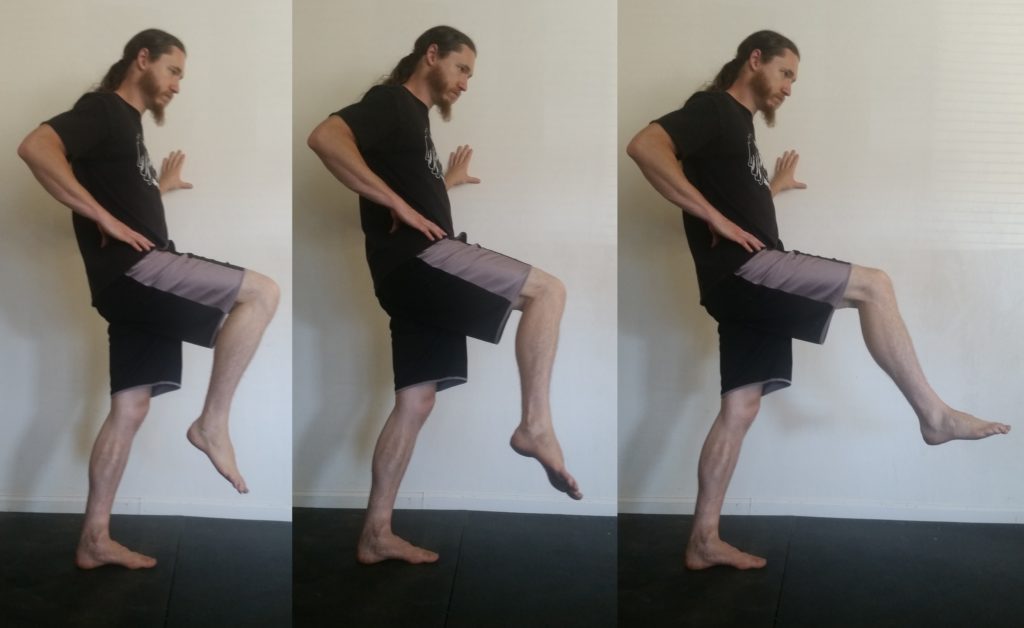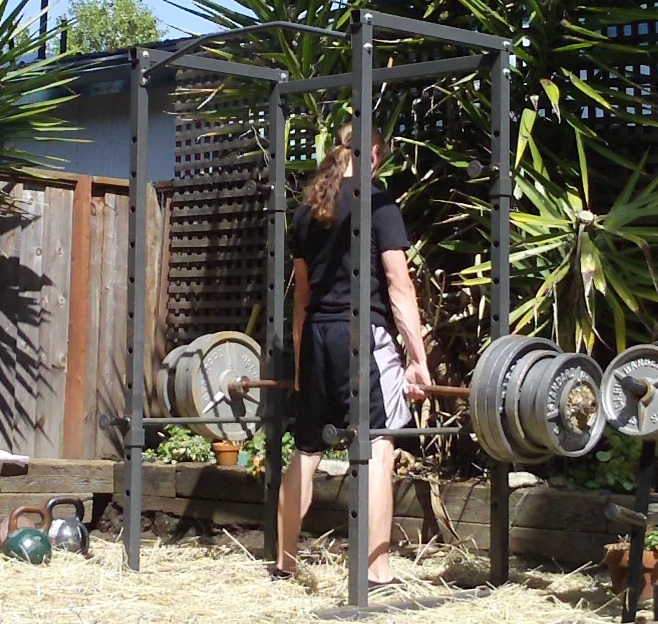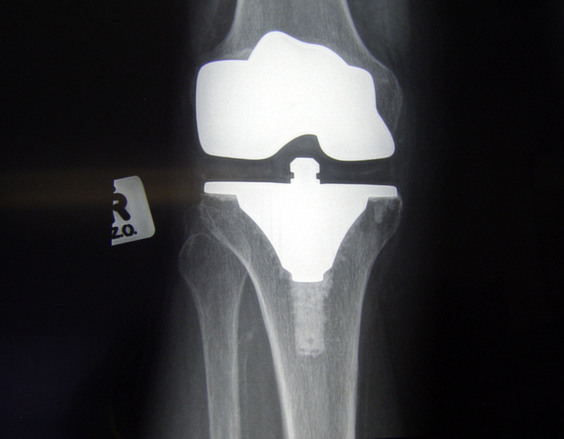Too much attention is put on the muscles, and not enough on the other tissues of the body. In this article, we’re diving deep into the topic of joint strength, a little talked about subject.
Now a joint may be considered the synovial cavity, and synovial fluid that fills the inside. But a joint is also a meeting up point of tendons, ligaments, muscles, cartilage and bones to make up the whole of the joint and how it operates.
Previously, I’ve discussed tendon, ligament and bone strength. While there are many similarities, as those tissues are involved in the joints, looking at it from the viewpoint of the joints may bring to light a few other components.
If you enjoy this article you can thank Lucky, who asked:
May I ask you please what’s the best approach for strengthening the joints? Training joints is my weak point because don’t know too much about it. I know partials can help in some way, isometric exercises as well but not sure how to organize my training for that specific goal.
So, could you tell me how you would approach to this kind of training?
…I would like to support my joints as much as I could to avoid injuries. I’m also martial artist so would not like to have any injury because preparing for 8th level in wing chun in few months so have to be as prepared as possible.
So let’s dive in…
Types of Joints
First, just a little anatomy is in order. A joint is the connection between different joints. These can be divided into different types of joints. The three main types are:
1. Fibrous joints that are fixed and don’t move.
2. Cartilaginous joints, the barely move as cartilage is involved.
3. Synovial joints which are freely moveable.
When we’re talking about joints in movement and health, in general, we’re talking about the synovial joints. (We’re not so concerned with the sutures in the skull, although they do seem to move to some degree, and possibly not just when we’re young.)

These can be further divided into types of joints like hinge joints, ball and socket joints, pivot joints and so on. The differences in these aren’t too important for our discussion here. Suffice to say that when we’re talking about mobility and joint strength it has to do with the ranges of motion that are inherent with that joint and its type.
To put it in other words, your elbow cannot move with the same degree of freedom as the shoulder and its not a good thing if it does!
The Synovial Cavity
This cavity, or capsule, houses the synovial fluid. This has a viscous fluid has the consistency of egg whites. Its main role it to reduce the friction between the bones involved in the joint.
The synovial fluid comes from blood plasma, with some special chemicals and properties to it.
As your synovial fluid is only as good as the raw material its made from, here the importance of nutrition comes into joint health. Without the right starting materials you can’t have highly functioning joints. While important, that’s a whole other topic for another time.
Types of Tissue
We might think of the joint as the synovial cavity. However, that is just a portion of it. The joint should be thought of as the whole meeting of the different bodily tissues. This means the bones involved, as well as the muscles, tendons, ligaments and cartilage surrounding them. This also means the fascia around the muscles.
And we need to think more holistically too. The position or issues of one joint effects another, because joints are not closed systems, i.e. an ankle issue can lead to a shoulder issue.
Yes, if you want more joint strength in your shoulder you should focus on your shoulder. But you also need to realize that that may be limited based on other areas of your body. This underlies the importance of whole body training for joint strength as well as all else.
Hell, there’s likely psychological and emotional components to joint strength too!
That should lay enough of the groundwork for us to dive into what it takes to make strong joints.
Principles of Joint Strength
When it comes to training the joints there are four main principles to keep in mind.
1. Optimize Mobility
2. Optimize Joint Strength and Stability
3. Other Directions of Pull
4. Proper Utilization (aka Lack of Use vs. Overuse)
Let’s dive into each one of these, as well as specifics on how to do physically use the principle.
#1 – Optimize Mobility
The moveable joints are meant to move. The old maxim, “Use it or lose it,” is at play here.
The synovial fluid is meant to make it so that your joints move without friction. You want your joints to be properly coated with synovial fluid so that the movement throughout your day is effortless.
This is why some sort of joint mobility practice is a great thing to have. As a base, you want each of your joints to have a full normal range of motion. You don’t need to be a contortionist, but you do want all the basics.
This helps form the base from which we can move forward progressively in the next steps…

Hanging knee circles, an example of joint mobility
In my opinion, the best guide to this is Intuitive Mobility.
#2 – Optimize Joint Strength and Stability
Notice that this is a discussion of joint strength. Mobility is important for pain-free and good quality movement. But we want to go beyond that. We want injury proofing and we want to do some “super human” things. At least I do!
That involves making the joints stronger and more stable than average. This in turn doesn’t involve the synovial fluid so much, as it involves the tissues around the joint.
When you’re specifically aiming for joint strength here are some of the methods to maximize it:
Supports – Here, the main aim is to make the bones stronger. As such, the joint must be strong too, as many of them are locked out during the support. Whether it’s the top of a squat, deadlift, or something a bit more odd like the Tomb of Hercules, supports aren’t often done. But then, lots of people have weak bones too.
Partials – Very similar to supports in that maximal weights can be used. Rather than a static hold, some movement is used so the joints and muscles do come into play a bit more. If you want strong joints do some partials focused on that end range of motion. This focuses on the tendons and ligaments in a big way too.
Both of these methods are going to allow you to train joint stability and strength in ways beyond what conventional, and even most unconventional, training will do for you.

Joints locked out and strong in a rack pull.
#3 – Other Directions of Pull
But there’s also another part to joint strength and stability. Notice that most training is where you fight gravity. That means that the direction of pull is downwards. And if you want strong joints you sometimes want them to fight resistance that comes in from other directions.
For instance, take a kick to the knee in martial arts, or a car hitting you. Both are sideways forces. Therefore, training stability from other directions than gravity pulling downwards is going to help too. Here’s a few methods and tools to do so:
Cables – Cable resistance of any type is going to allow your muscles and joints to resist not gravity, but the cables. Therefore, you can work to pull the knees to the sides for instance, even while doing something like squats with gravity’s downwards pulls. The sky is the limit on what you can do
Isometrics – With isometric exercises, fighting against a force, you can push and pull in any direction. Again, the sky is the limit. Isometrics probably more than anything else can help you build joint strength from odd angles.
Bodyweight – Bodyweight exercises can allow you to train your body in all kinds of ways. It’s going to be fighting gravity, but with bodyweight particularly you can change your body position to change how it interacts with your joints. As proprioception partially stems from the joints, there seems to be something awesome about this form of training. It may be isometric in nature, or isotonic.
#4 – Proper Utilization (aka Lack of Use vs. Overuse)
The last principle is in realizing that there is a curve of response. Do too little and your joints will be weak. Do too much and you’re likely to lead to wearing your joints out. Somewhere in the middle is going to best, and of course this depends on your goals.
Do too much and you may just destroy your joints. How many runners need knee replacements from pounding the pavement?

Get joint strength right and avoid this.
But do it right and you can go a long way to living healthily, without pain, and without replacing parts.
I don’t know about you, but even though I seek to do superhuman feats of strength, I plan to be moving well and healthy well into my elder years.
So how do you do this? It is very important to listen to your body. That is your guide. And by that I mean actually learning how to listen to your body, which very few people seem to know how to do, though I cover it in detail inside Beyond Biofeedback.
How to Build Joint Strength
If you follow the above principles, and training methods, as outlined you can get strong joints. It shouldn’t be a main focus of training, just because the joints are a system of different tissues, but it is an important area to know about.


Comments
Thanks for an informative article. Nutritional habits also help to improve joint Strength. Do you think so?
Absolutely. If you don’t have the building materials you can’t have much of a strong building.
Good basic article geared to the average layman and without technical terms. A secondary function of the synovial fluid besides lubrication is heat dissipation from friction. Normally not a big issue but can be if you are an endurance athlete such as Ironman or marathon runner.
One thing I would add is that the joints are very susceptible to the toxins in our environment. Let me explain. The cartilage in the joints is avascular meaning they do not have normal blood supply to furnish their nutrients. The nutrients are supplied by the synovial fluid which is produced by the synovial membrane surrounding the joint. These nutrients are carried by blood plasma as mentioned in the article. What isn’t mentioned is that if your blood is polluted with environmental toxins such as NSAIDs taken for pain or glyphosates, herbicides and pesticides and foreign hormones found in our food supply. These toxins interfere with the normal regeneration of the joint tissues following a good workout. This occurs at night when you sleep and most people cannot sleep when they are in pain so they take a few Tylenol to ease the pain. As I said earlier these drugs interfere with the normal repair mechanisms and prolong the healing process. For this reason we are seeing failed joints (knees, hips, shoulders) at younger and younger ages. Joints are meant to last a lifetime of normal use. When you pollute the synovial fluid you weaken the joints. The best advice for every aspect of your health is to cleanse the body of the toxins and start watching what you put in your mouth. You are what you eat.
Thanks for pointing out the heat dissipation. Makes sense though I hadn’t heard of that before. As for the toxins, completely agree. That’s one reason, amongst others, that I don’t take drugs and focus on keeping the detoxification channels open and working as best I can.